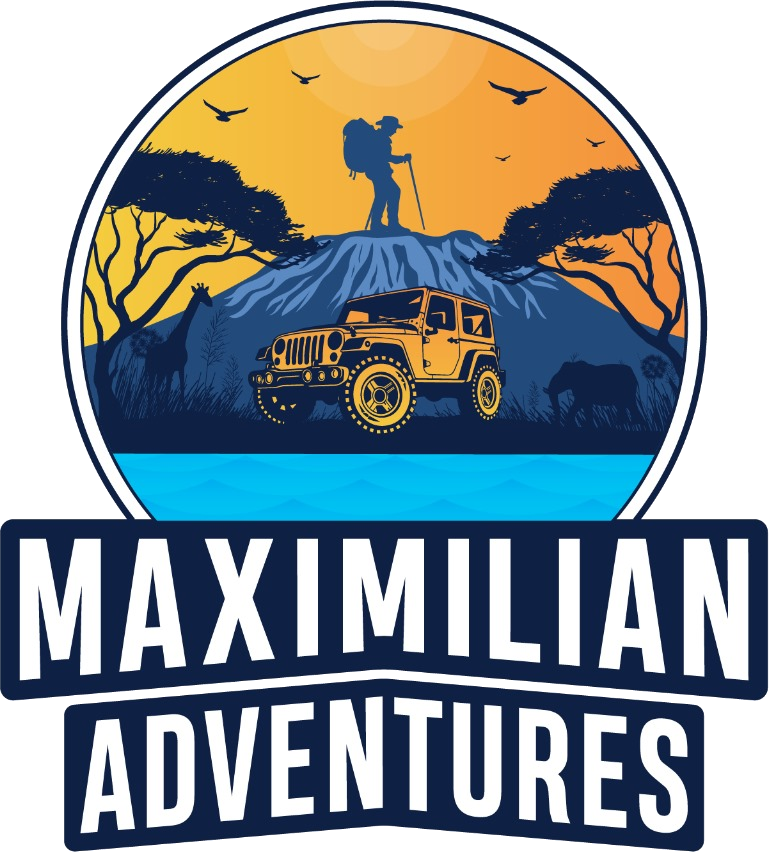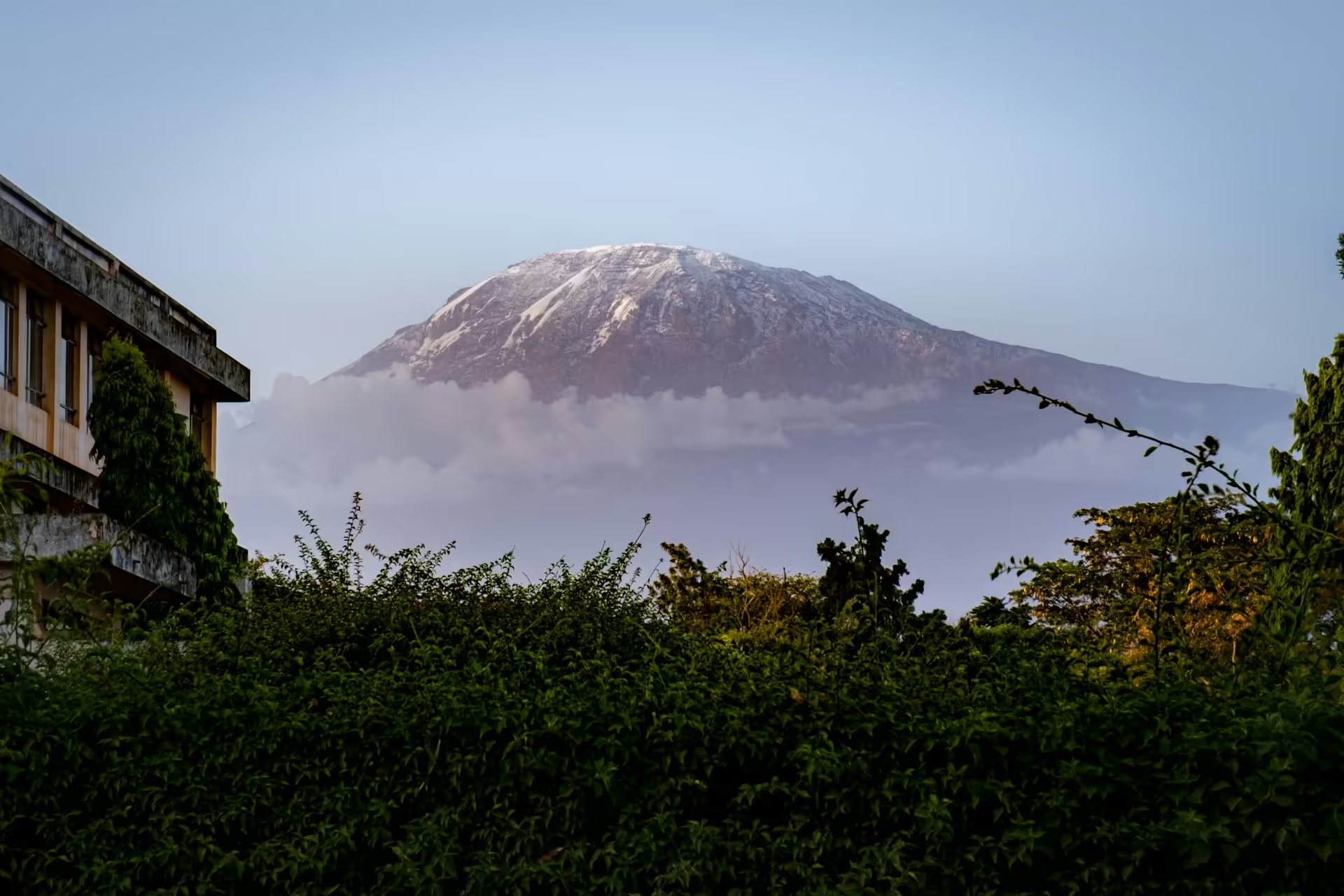
How to Reach the Top of Kilimanjaro: A Beginner’s Guide
Climbing Mount Kilimanjaro, Africa’s tallest mountain and the highest free-standing peak in the world, is a bucket-list adventure for many. It’s a journey that challenges you physically and mentally, rewards you with breathtaking views, and leaves you with unforgettable memories. If you’re a beginner, the idea of summiting Kilimanjaro might seem difficult, but with the right preparation and guidance, it’s an achievable goal. This guide will walk you through everything you need to know to reach the top of Kilimanjaro as a first-time climber.
Understanding Kilimanjaro: What Makes It Special?
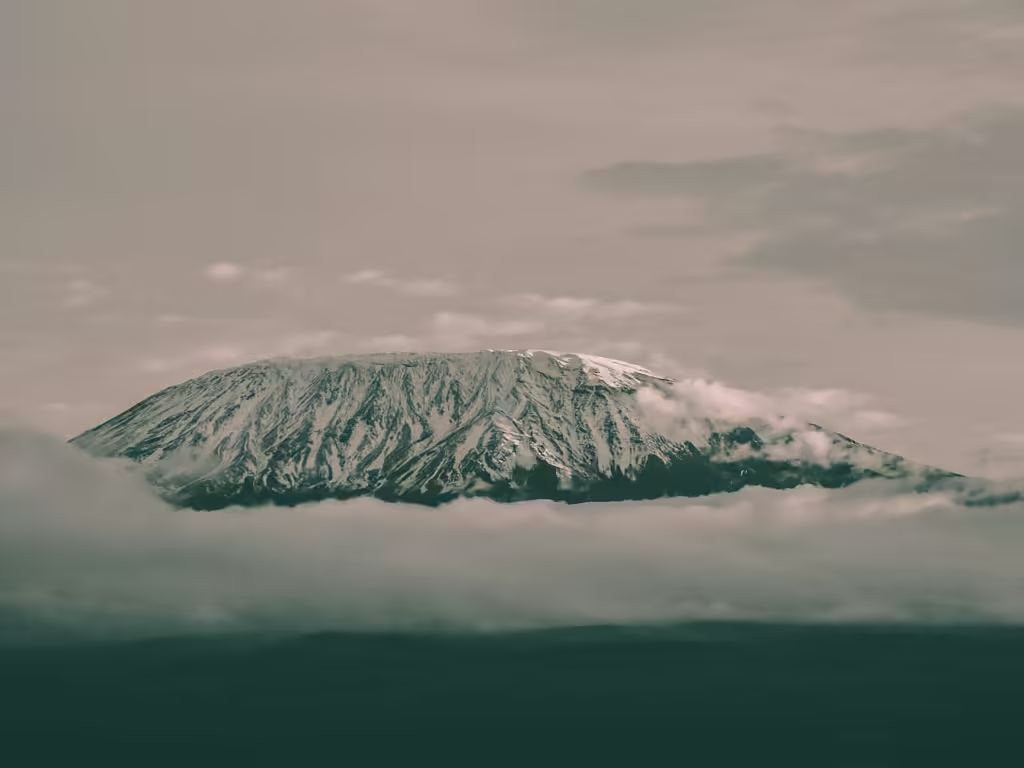
Mount Kilimanjaro is not just a mountain; it’s a symbol of adventure, resilience, and natural beauty. Standing at 19,340 feet (5,895 meters), Kilimanjaro offers a unique climbing experience with diverse landscapes, from lush rainforests to alpine deserts, and eventually, snow-capped peaks. Unlike other high-altitude climbs, Kilimanjaro requires no technical climbing skills, making it accessible to beginners. However, it’s still a formidable challenge due to its altitude and the physical endurance required.
Why Kilimanjaro Appeals to Beginners?
One of the reasons Kilimanjaro is so popular among first-time climbers is its not-so-technical nature. You don’t need ropes, harnesses, or advanced mountaineering skills to reach the summit. Instead, the journey is more about stamina, mental toughness, and proper acclimatization. The sense of accomplishment after reaching the summit, often described as “the Roof of Africa,” is unparalleled, making the effort and preparation worthwhile.
Choosing the Right Route
Selecting the right route is important to your success on Kilimanjaro. There are several routes to choose from, each with its own set of challenges and rewards.
The most popular routes include Marangu, Machame, Lemosho, Rongai, Shira, and the Northern Circuit. Each route varies in terms of duration, difficulty, scenery, and acclimatization profile.
- Marangu Route: It’s the only route with hut accommodations, making it a popular choice for beginners. However, it has a lower success rate due to its shorter duration.
- Machame Route: Machame offers better acclimatization but walks here are steeper making it a bit challenging. It is better for experienced climbers.
- Lemosho Route: Lemosho is a longer route that offers stunning scenery and good acclimatization opportunities. It’s considered one of the most beautiful routes and has a higher success rate.
- Rongai Route: Approaching from the north, Rongai is less crowded and offers a different perspective of the mountain. It’s slightly easier but less scenic than other routes.
- Northern Circuit: The longest route, offering excellent acclimatization and stunning views. It’s ideal for those who want to maximize their chances of success.
- Umbwe Route: A short, steep, and extremely challenging ascent of Kilimanjaro, it offers less time for acclimatization compared to other routes. While less crowded, this route is ideal only for experienced hikers.
Best Routes for Beginners
For those new to trekking, the Northern Circuit and Lemosho routes are generally considered the best options for climbing Kilimanjaro. Both offer gradual acclimatization profiles, increasing your chances of summit success.
Physical Preparation and Training
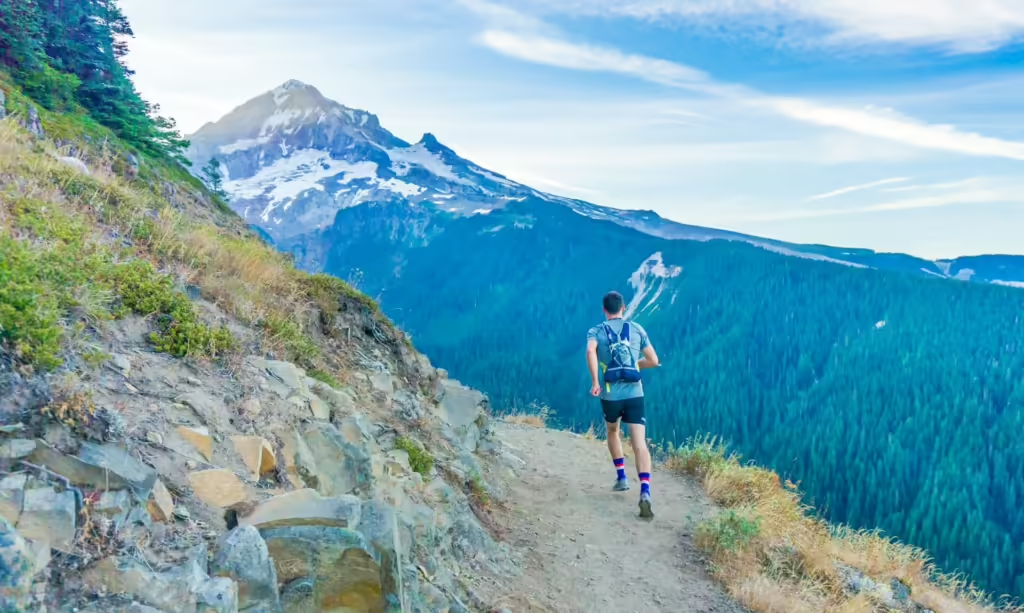
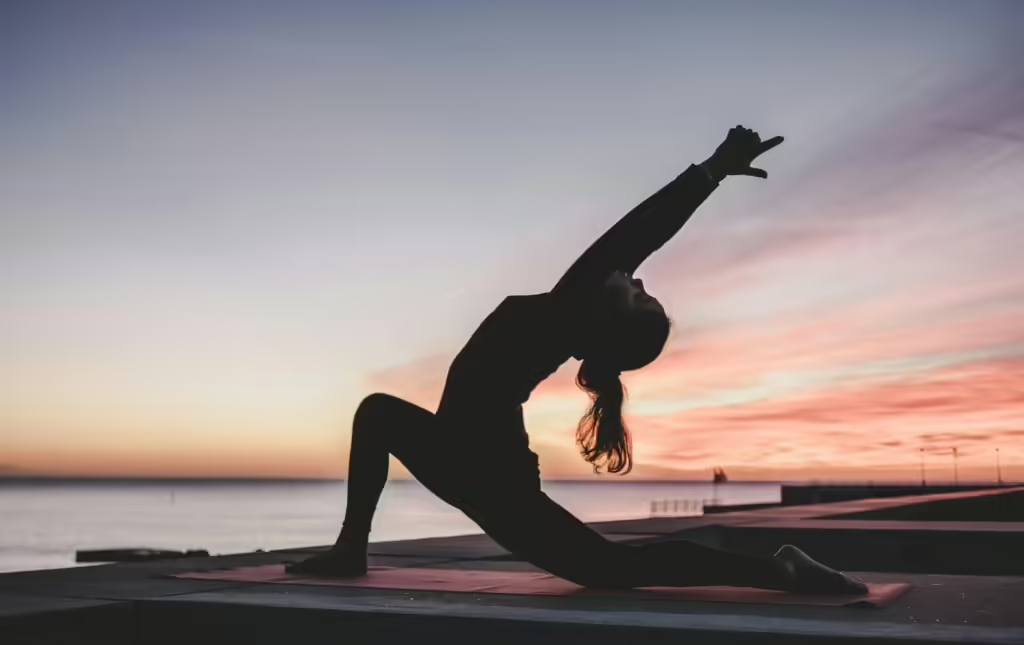
Climbing Kilimanjaro is not just about mental determination; it also requires physical fitness. Preparing your body for the trek is essential to increase your chances of a successful summit.
Understanding the Physical Demands
Kilimanjaro’s challenges include long days of hiking, steep ascents, and the effects of altitude. While the trek doesn’t require technical climbing skills, you’ll need to be in good physical condition to handle the daily demands of the climb.
Training Plan for Beginners
A well-rounded training plan should include:
- Cardio: Engage in regular cardiovascular exercises like running, cycling, or swimming to build stamina. Start this exercise routine at least 1-2 months before the climb.
- Strength Training: Work on strengthening your legs, core, and upper body. Exercises like squats, lunges, and planks will help build the muscle needed for hiking.
- Hiking Practice: Simulate the conditions you’ll face by going on hikes with a loaded backpack. Gradually increase the hike’s difficulty by extending distance and elevation.
- Flexibility and Balance: Incorporate yoga or stretching routines to improve flexibility and reduce the risk of injury.
Importance of Mental Preparation
Mental preparedness is just as important as physical fitness. Prepare yourself for the challenges you’ll face, such as fatigue, cold temperatures, and the psychological impact of altitude. A strong mindset can significantly impact your ability to persevere and enjoy the experience.
Acclimatization and Altitude Sickness Prevention
Altitude sickness is one of the most significant challenges on Kilimanjaro, and proper acclimatization is key to avoiding it. Altitude sickness occurs when your body struggles to adjust to the reduced oxygen levels at high altitudes. Symptoms include headaches, nausea, dizziness, and fatigue. In severe cases, it can lead to life-threatening conditions like pulmonary or cerebral edema.
Tips for Acclimatization
- Climb High, Sleep Low: This principle involves ascending to a higher altitude during the day and descending to a lower altitude to sleep. This strategy helps your body gradually adjust to the elevation.
- Stay Hydrated: Drink plenty of water to help your body cope with the altitude. Aim for at least 3-4 liters per day.
- Ascend Gradually: Choose a route that allows for a gradual ascent, and avoid pushing yourself too hard on any given day.
- Listen to Your Body: Pay attention to how you feel, and don’t hesitate to rest or descend if you experience severe symptoms of altitude sickness.
Recognizing Symptoms and Managing Them
If you experience symptoms of altitude sickness, it’s crucial to act quickly. Mild symptoms can often be managed with rest, hydration, and medication like acetazolamide (Diamox). However, if symptoms worsen, it’s essential to descend immediately to a lower altitude.
What to Pack: Essential Gear and Equipment
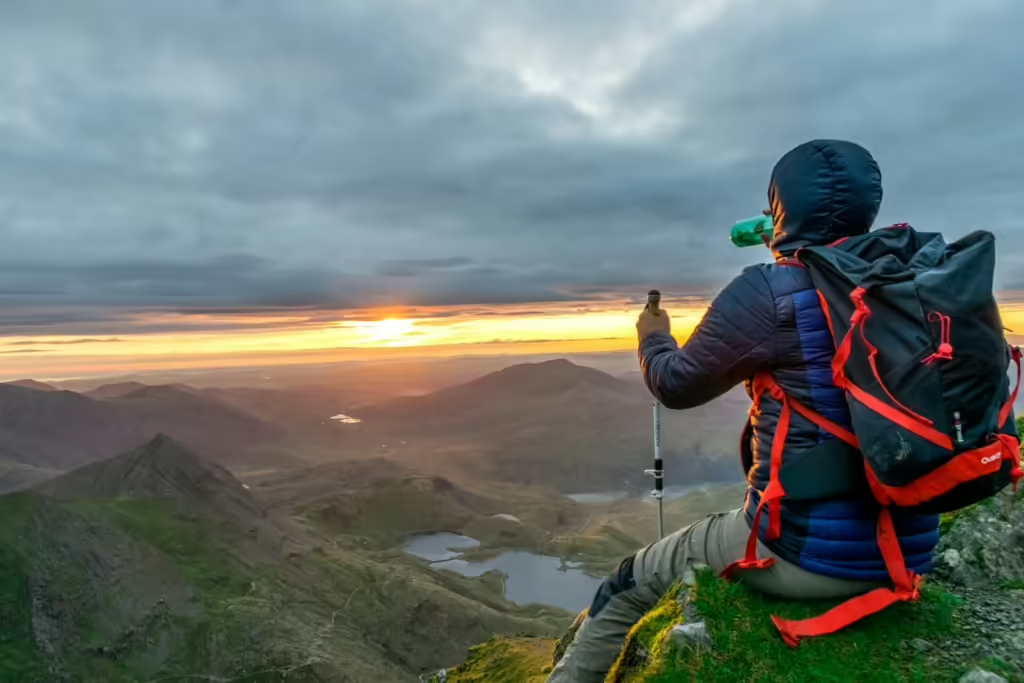

Packing the right gear is vital for a successful Kilimanjaro climb. Your equipment will help you stay comfortable, safe, and warm throughout the trek.
Clothing Layers
Layering is essential to regulate your body temperature as conditions change. Pack:
- Base Layer: Moisture-wicking fabrics to keep sweat away from your skin.
- Mid Layer: Insulating layers like fleece to retain body heat.
- Outer Layer: A waterproof and windproof jacket and pants to protect against the elements.
- Accessories: Warm hats, gloves, and neck gaiters are essential for keeping extremities warm.
Footwear
Your feet are your most important asset on the climb. Invest in a pair of high-quality, well-fitting hiking boots with good ankle support. Break them in before your trek to avoid blisters. Also, bring moisture-wicking socks to keep your feet dry and comfortable.
Gear and Accessories
- Trekking Poles: Helpful for stability and reducing the strain on your knees during descents.
- Headlamp: Essential for early morning summit attempts and navigating camp in the dark.
- Hydration System: A hydration bladder or water bottle with an insulation sleeve to prevent freezing.
- Sleeping Bag: A four-season sleeping bag rated for sub-zero temperatures is crucial for keeping warm at night.
Packing Tips
Pack smart by organizing your gear into dry bags or packing cubes. Keep your daypack light, carrying only essentials like water, snacks, and extra layers. Ensure your main bag is waterproof or use a rain cover to protect your belongings.
What to Expect on the Climb
Understanding what to expect each day on Kilimanjaro can help you mentally prepare for the journey ahead.
Typical Itinerary
A typical Kilimanjaro climb lasts between 5 to 9 days, depending on the route. Each day involves several hours of trekking, starting with breakfast and packing up camp. You’ll hike for 4-7 hours, with breaks for snacks and lunch, before reaching the next campsite in the afternoon.
Challenges to Expect
As you ascend, the terrain becomes more challenging. You’ll encounter steep sections, rocky paths, and thinning air. The nights are cold, and you’ll need to stay warm and well-rested for the next day’s hike.
Summit Night
The final push to the summit typically begins around midnight. You’ll trek in the dark, battling freezing temperatures and extreme fatigue. This is the most physically and mentally demanding part of the climb. However, reaching the summit at sunrise is an incredibly rewarding experience that makes all the effort worthwhile.
Health and Safety Tips
Your health and safety are paramount on Kilimanjaro. Following these tips will help ensure a safe and successful climb.
Hydration and Nutrition
Staying hydrated is crucial, especially at high altitudes. Drink water regularly, and consume energy-rich snacks like nuts, energy bars, and dried fruits to maintain your stamina. Meals provided by the guiding company are typically high in carbohydrates to fuel your body for the long days ahead.
Safety Precautions
Always follow your guide’s instructions, as they are trained to handle the challenges of the mountain. Stick to established paths, use your trekking poles for balance, and take your time on steep or slippery sections.
First Aid Essentials
Pack a personal first aid kit with items like blister plasters, pain relievers, anti-nausea medication, and any prescription drugs you may need. Your guides will also carry a more comprehensive first aid kit for emergencies.
Working with Guides and Porters
Hiring experienced guides and porters is essential for a successful and enjoyable Kilimanjaro climb. A knowledgeable guide will monitor your health, manage the pace of the climb, and provide encouragement and advice throughout the trek. Their experience and expertise are invaluable, especially when it comes to navigating difficult sections and dealing with altitude sickness. Porters carry the bulk of your gear, set up camp, and prepare meals. Their support allows you to focus on the climb without being weighed down by heavy bags. It’s important to respect and appreciate the hard work they do.
Final Checklist Before You Go
Before embarking on your Kilimanjaro adventure, make sure you’ve covered all the essentials.
Review Your Packing List: Double-check your gear to ensure you have everything you need for a safe and comfortable climb.
Confirm Travel Plans: Verify your flights, accommodations, and guide services. Ensure all travel documents are in order.
Mental and Physical Health Check: Visit your doctor for a final health check, particularly regarding altitude readiness. Ensure you’re in peak condition to tackle the climb.
Conclusion
Climbing Mount Kilimanjaro is a challenging but incredibly rewarding experience. With the right preparation, mindset, and support, even beginners can successfully reach the summit. Remember, it’s not just about the destination, but the journey. Every step you take on Kilimanjaro is a step towards personal growth, resilience, and adventure.
Ready to take on the challenge of Kilimanjaro? Join us at Maximilian Adventures, where our experienced and trusted team will guide you every step of the way. With our expertise, dedication, and commitment to your safety, we’ll help you reach the summit and make memories that will last a lifetime. Book your Kilimanjaro adventure with us today.
Recent Posts
Where to Stay in Tanzania | Lodges, Resorts and Campsites
Why Chapwani Island Should Be on Your Travel List in 2025
Must-See Waterfalls in Tanzania: A 2025 Traveler’s Guide

Safari

